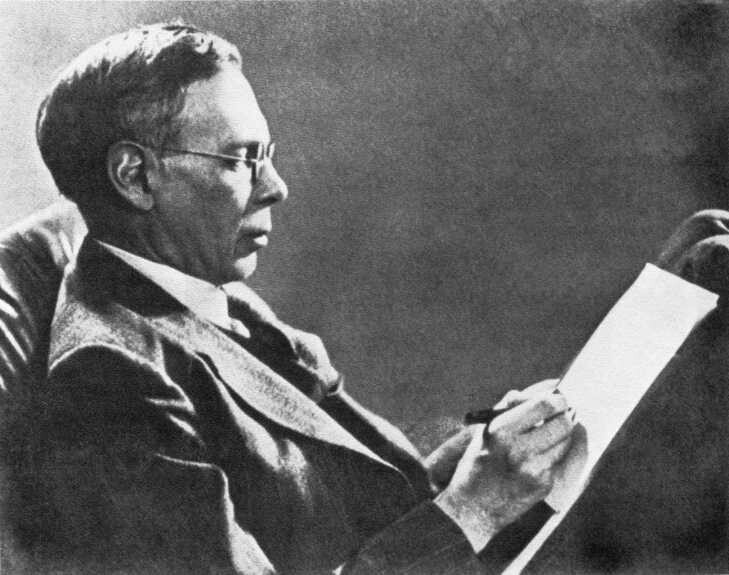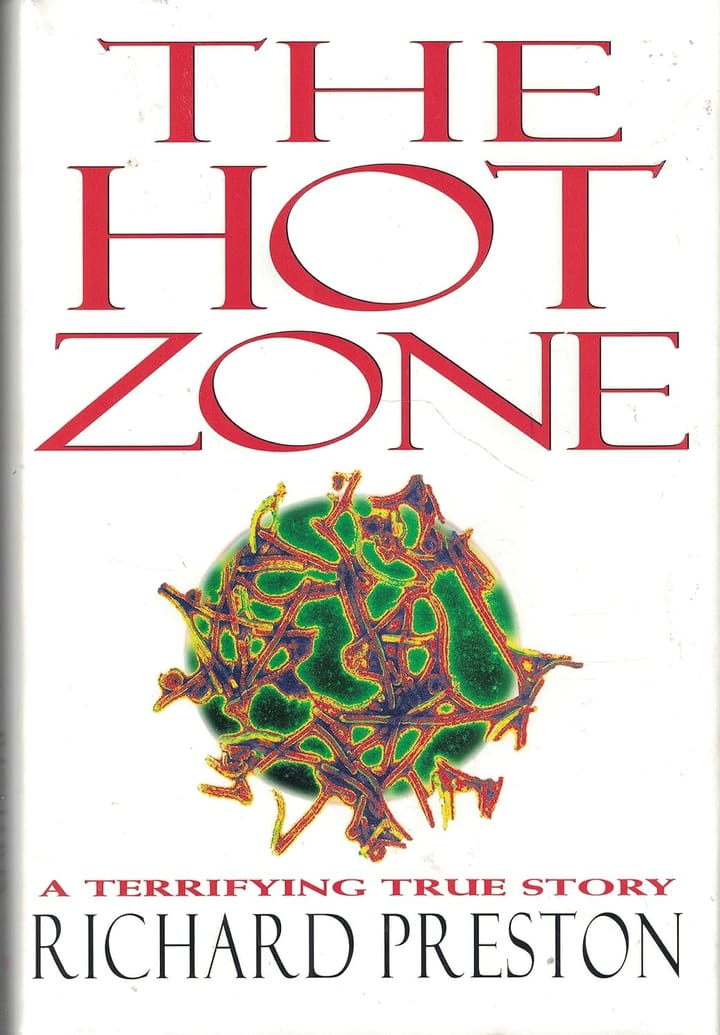The Long View: Many Dimensions

Charles Williams
Not for the first time, I feel like Charles Williams was a prototype for Tim Powers.
Many Dimensions
By Charles Williams
First Publication 1931
Reprint by William B. Eerdmans, 1993
Approx. US$10, 269 Pages
ISBN 0-8028-1221-X
There is a trinity of noted 20th century British authors who wrote fantasy on Christian themes. J.R.R. Tolkien and C.S. Lewis need no introduction, but the same is not true of Charles Williams (1886-1945). Like his more famous colleagues, he was associated with Oxford (he worked for the university press) and he was a member of the Inklings literary circle. Unlike Tolkien and Lewis, he is remembered less for his own works than for the quality of his admirers. T.S. Eliot was a friend: he wrote an admiring Introduction to Williams' posthumously published novel, All Hallows' Eve (1948). C.S. Lewis got many of the more occult ideas for his fiction from Williams. No less a person than Sheldon Vanauken, author of A Severe Mercy, advised me to read Williams for examples of the edifying use of the supernatural.
I have taken that advice, on and off, which is how I got around to this early novel. It is full of surprising insights and uncanny notions. It also illustrates why Williams has remained no more than a treasured influence.
One way to read Many Dimensions is as a cautionary tale about what would happen if the power of God were too readily to hand. Specifically, what comes to hand is a fragment of the First Matter from which the worlds were made. This Stone (which is never called the Philosopher's Stone, though that's what it is) comes from the crown of Suleiman, whither it came from the crown of Iblis, after Iblis fell from heaven. Why the Islamic names for Solomon and the fallen angel? It seems that some Sufis have had Suleiman's regalia in their keeping these many years (including a magical ring, but that's another story: perhaps the one that Tolkien wrote). The Stone, however, was obtained from a corrupt guardian by a wicked scholar, who brings it home to England for experiments. The Sufis want it back, and the less scrupulous ones are willing to use violence to do get it.
The Stone cures all diseases, and it can be multiplied at will without diminishing its powers. The interesting thing about other qualities ascribed to the Stone is that they now seem less like mysticism and more like exotic physics: String Theory, perhaps. The Stone, and all its copies, are holographic gateways to every point in time and space. The Stone's ability to transport its possessor by a mere wish is what brings it to the attention of an American airline millionaire and his mega-bitch wife, but the depiction of the Stone's temporal powers is more important to the story. Time travel in this book means going forward or backward to your own state at the chosen time. This can generate paradoxes, including loops that take you out of time forever, but at least you can't meet yourself. This is apparently what “going back in time” means in particle physics: particles simply resume a prior state. The author remarks that someone once proposed that two new universes appear every time someone makes a choice, so that every choice becomes real. I would like to know who suggested this, because it sounds very much like the “Many Worlds” interpretation of quantum mechanics.
A medical panacea and instant free transport would be purely good things; the problem is that good things in their pure form can be toxic. The American wants a monopoly of the Stone so his planes are not rendered obsolete. The Transport Workers Union wants the Stone suppressed, so their jobs don't become redundant. Riots break out, as mobs demand that the government heals all diseases immediately. Meanwhile, the wicked scholar who procured the Stone demonstrates just how unsatisfactory the unqualified prolongation of life can be.
Some of the purposes for which people want the stone are prosaic; some are altruistic; some are sadistic. The Stone causes chaos, not because some people want it for bad purposes, but because their individual wills shatter the original unity. This unity can be restored only by Justice, which in this story is embodied in the character of the Lord Chief Justice. The notion of “incarnation” is explicit. One of the dark sentences about the Stone is “the way to the Stone is in the Stone,” which is interpreted to mean that, in learning a subject, we become that subject. In this case, it means that jurisprudence literally makes the judge.
Again, one wonders about Williams' sources for this character. The Chief Justice is an agnostic when we first meet him, a man of “fastidious and ironical goodwill.” This, we are told, is the best that the world has to offer, short of actual holiness. He is working on a treatise about “Organic Law,” which the Chief Justice defines as the community's expression of itself at any given time. This sounds like a sophisticated misunderstanding of Oliver Wendell Holmes' treatment of the Common Law in his famous essay, “The Path of the Law.” Holmes gagged on the notion of a distinction between “real” and “positive” law, of course, but then the book is a fantasy.
The principal character is not the Chief Justice, however, but his secretary. As is apparently also the case with the protagonists in others of Williams' books, she is a young woman who is hypnotized or otherwise psychologically dominated by the forces of evil. In any case, it is her sacrificial execution of the Chief Justice's judgment that reveals why the Stone is called “The End of Desire.”
I could describe the plot, but there would be little point. The book exists to showcase metaphysical ideas and observations on people and things, some of them genuinely witty. Williams is quite capable of effective supernatural storytelling: the damnation of the wicked scholar is particularly effective. In general, though, the prose is often oddly incompetent, even about simple things. On the very first page, we are told that Suleiman's crown “was a circlet of old, tarnished, and twisted gold, in the centre of which was set a cubical stone…” It took a few paragraphs before it was clear the author meant that the stone was set in the rim. And this is the simple stuff: Williams' description of temporal paradox is a miracle of murk.
If someone were to raise a fundamental objection to Williams' novels, it would be that Williams is essentially a prophet of the supernatural, rather than of the spiritual. The magical elements in Williams' books are not to be taken altogether metaphorically. They provide a fairly thick description of a neoplatonic world in which Williams believed. Although this world is the stage for familiar Christian themes of self-sacrifice and salvation, his explanations make them too much of a piece with the operations of ghosts, amulets, and mesmerism. Williams' theosophy is in no way Gnostic. Quite the opposite, in some ways: he does not argue that the everyday world and conventional religion are deceptions, but rather the gates to a deeper reality. There is nothing wrong with that. Still, one of the attractions of Christianity is supposed to be that it frees the spirit from the merely psychic.
Copyright © 2003 by John J. Reilly

Many Dimensions By Charles Williams



Comments ()